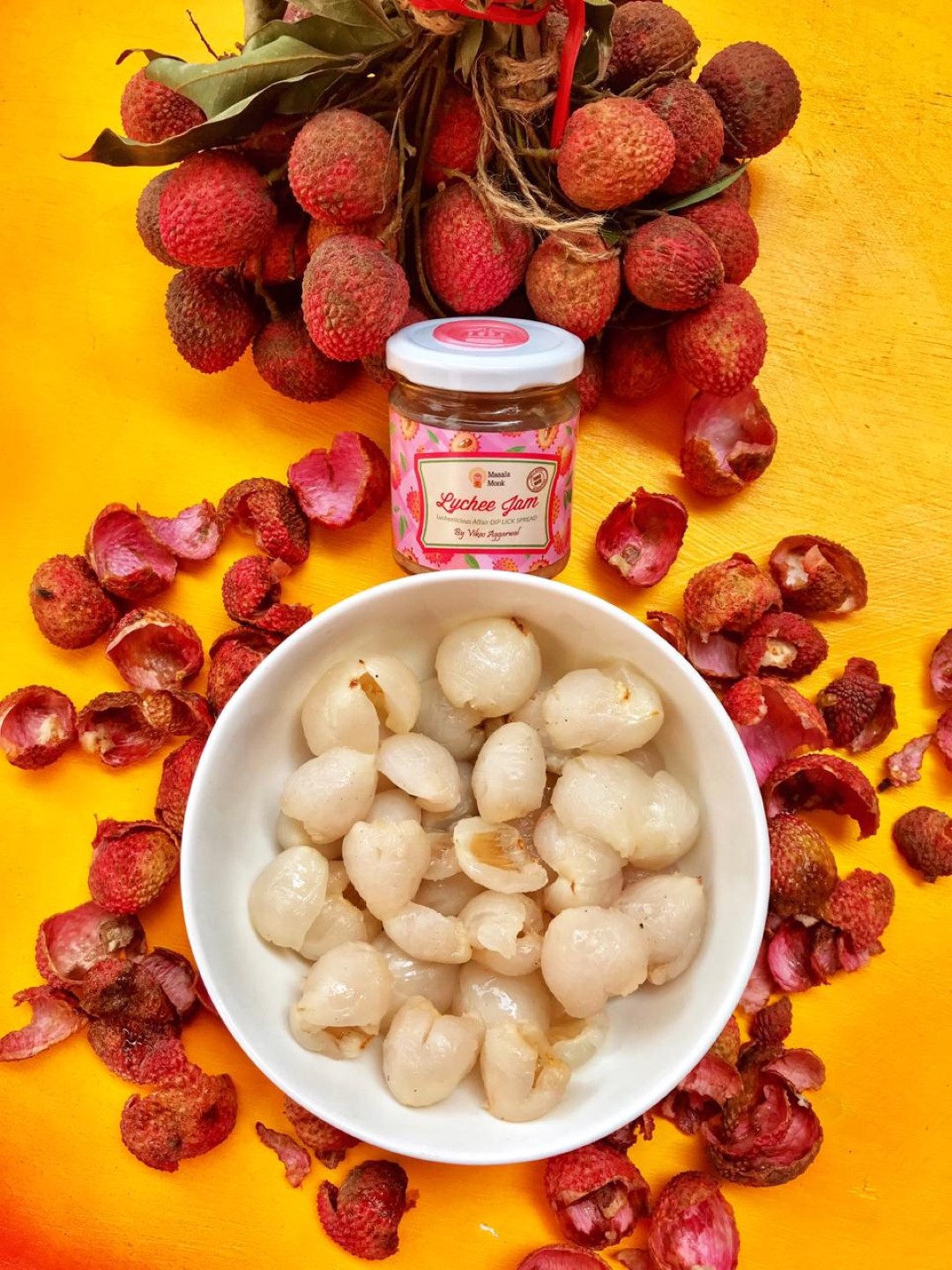
Introduction: A Tropical Twist to Your Regular Mocktails! 🎉
Craving a tropical escape? We’ve got you covered with our Lychee Virgin Margaritas! These exotic non-alcoholic drinks are a delightful mix of juicy lychees and zesty limes, offering a sensational burst of tropical goodness in every sip. Best of all, these are suitable for all times and occasions. It’s time to add some creative flair to your regular mocktail menu, and what better way than with a lychee twist? 🏖️ 🥂
Classic Lychee Virgin Margarita: A Symphony of Flavors 🍹
There’s nothing quite like the original. The Classic Lychee Virgin Margarita is an evergreen favorite that never fails to delight. It’s a delicious blend of pureed lychee and fresh lime juice served in a salt-rimmed glass. The sweet lychee beautifully complements the tangy lime, creating a perfectly balanced flavor profile. Trust us; it’s pure tropical bliss!
Spicy Lychee Virgin Margarita: Feel the Heat! 🔥
Craving something bold? Brace yourself for the Spicy Lychee Virgin Margarita! This sassy mocktail packs a punch with a daring mix of sweet lychee, tangy lime, and fiery jalapeno slices. The heat of the jalapeno elevates the sweet lychee and adds an exciting layer of complexity. Rim the glass with chili salt for an extra kick! 🌶️
Lychee and Basil Virgin Margarita: Classy and Refreshing 🌿
Sophisticated and full of flavor, the Lychee and Basil Virgin Margarita is a breath of fresh air. The fragrant basil lends a subtle herbal note that brilliantly complements the sweet lychee. Add a sprig of fresh basil for garnish, and you have a drink that’s not just delicious but visually stunning as well.
Tropical Lychee Virgin Margarita: Bring the Vacation Vibes Home 🏖️
Missing the beach? Let us transport you to a tropical paradise with our Tropical Lychee Virgin Margarita. A refreshing blend of lychee, coconut water, and a generous squeeze of lime, this mocktail screams ‘vacation.’ Add a mini umbrella for that extra tropical touch, and voila – it’s a beach holiday in a glass!
Berry Lychee Virgin Margarita: A Berry Good Idea! 🍓
Double the fruit, double the fun! The Berry Lychee Virgin Margarita is a playful combination of lychee and your choice of berry puree – be it raspberry or strawberry. The berries lend vibrant color and a tart edge to the sweet lychee, making for a delightful flavor contrast.
Join Us in the Lychee Revolution!
We invite you to join us in our lychee mocktail journey and bring your unique spin to these recipes. Why not experiment with different flavor combinations or garnishes? Add your favorite herbs or swap out lime for other citrus fruits. The possibilities are endless, and we can’t wait to see what you come up with! Share your experiences, get inspiration, and be a part of our community on Facebook: Eatlo. Together, let’s create a wave of lychee love! 🌊🍹













